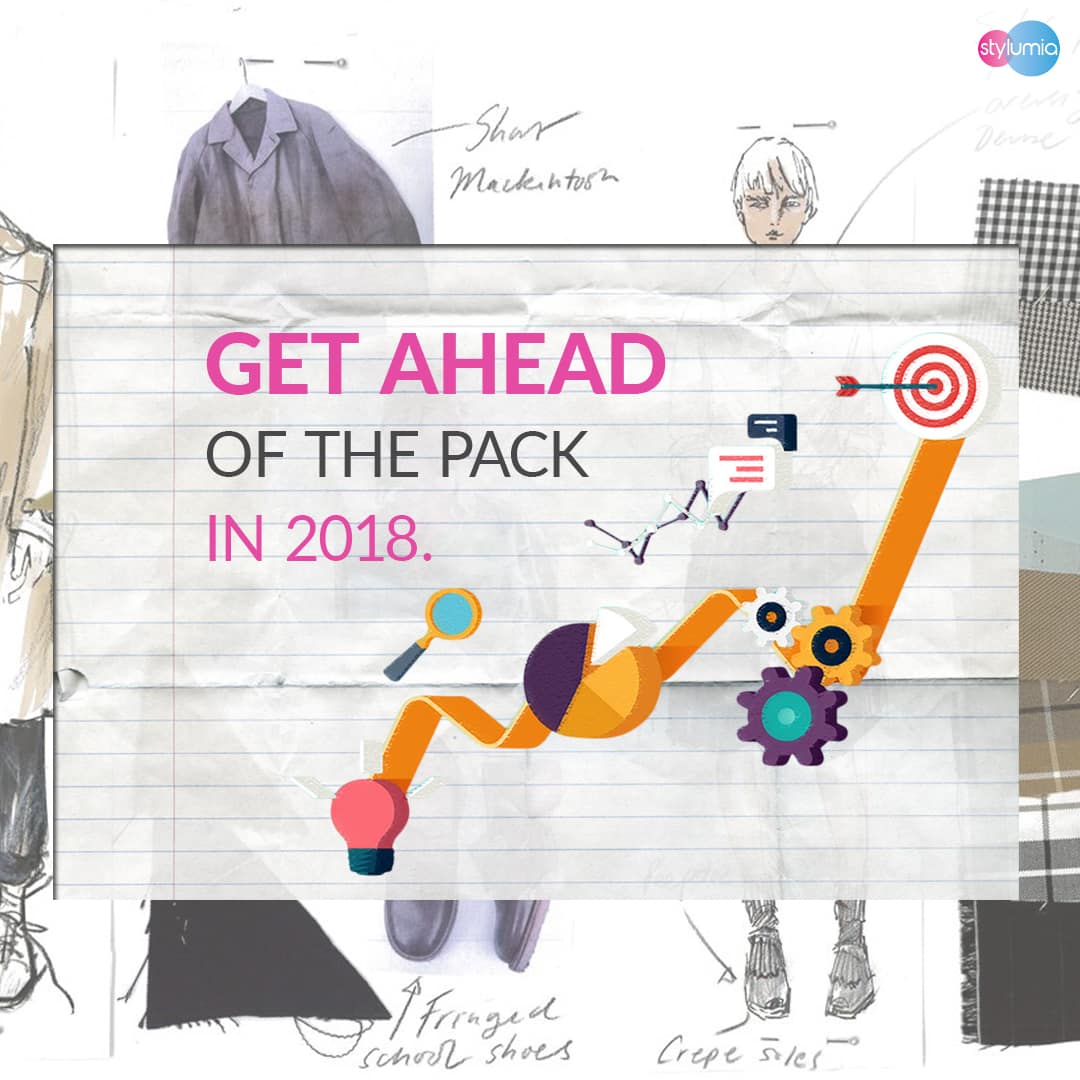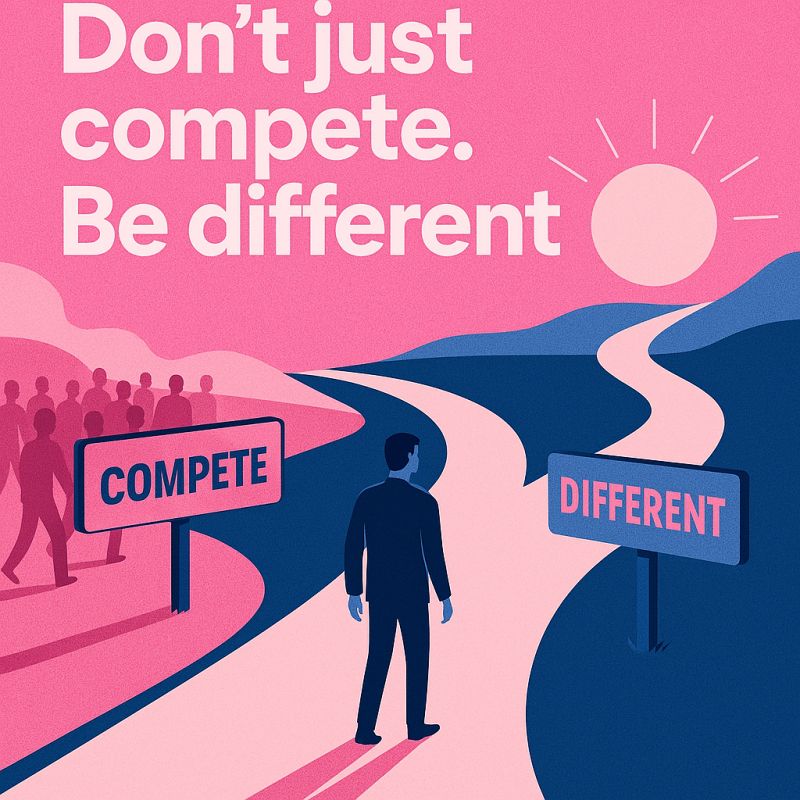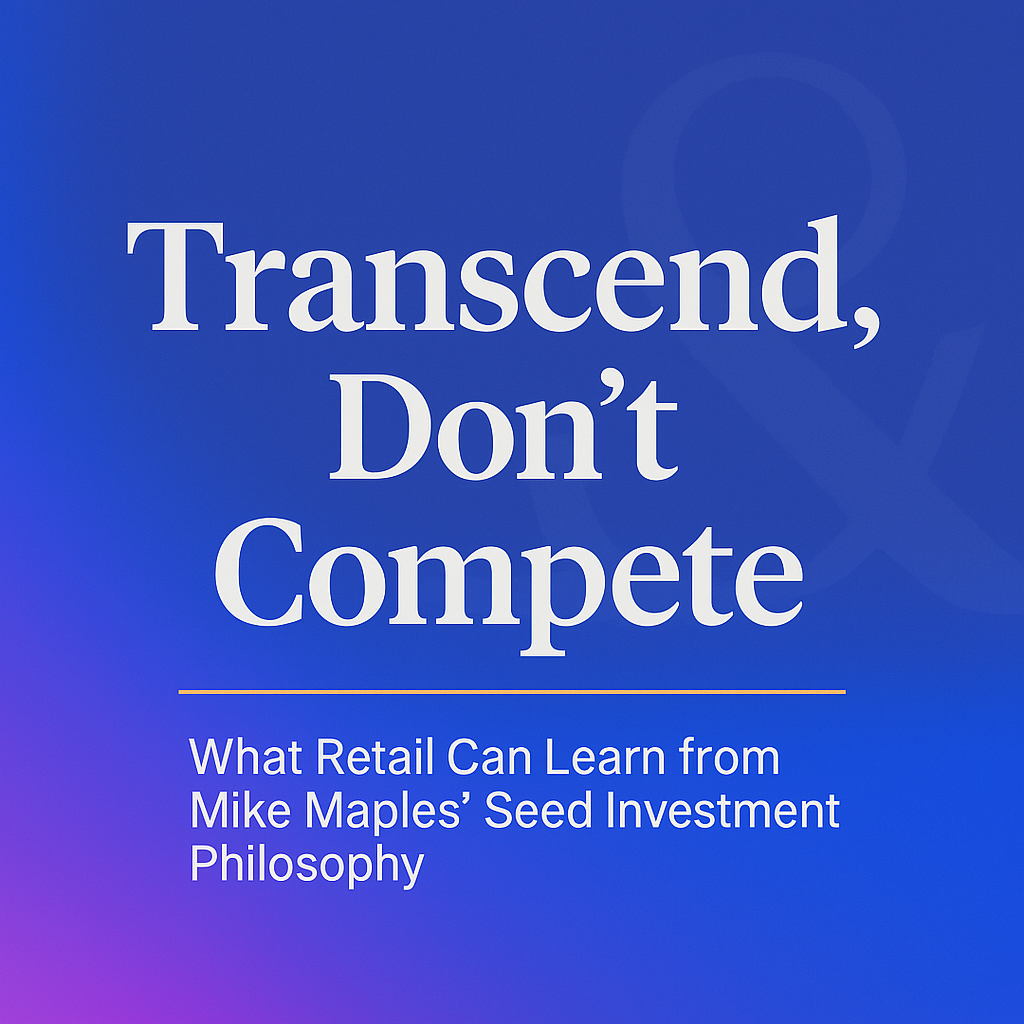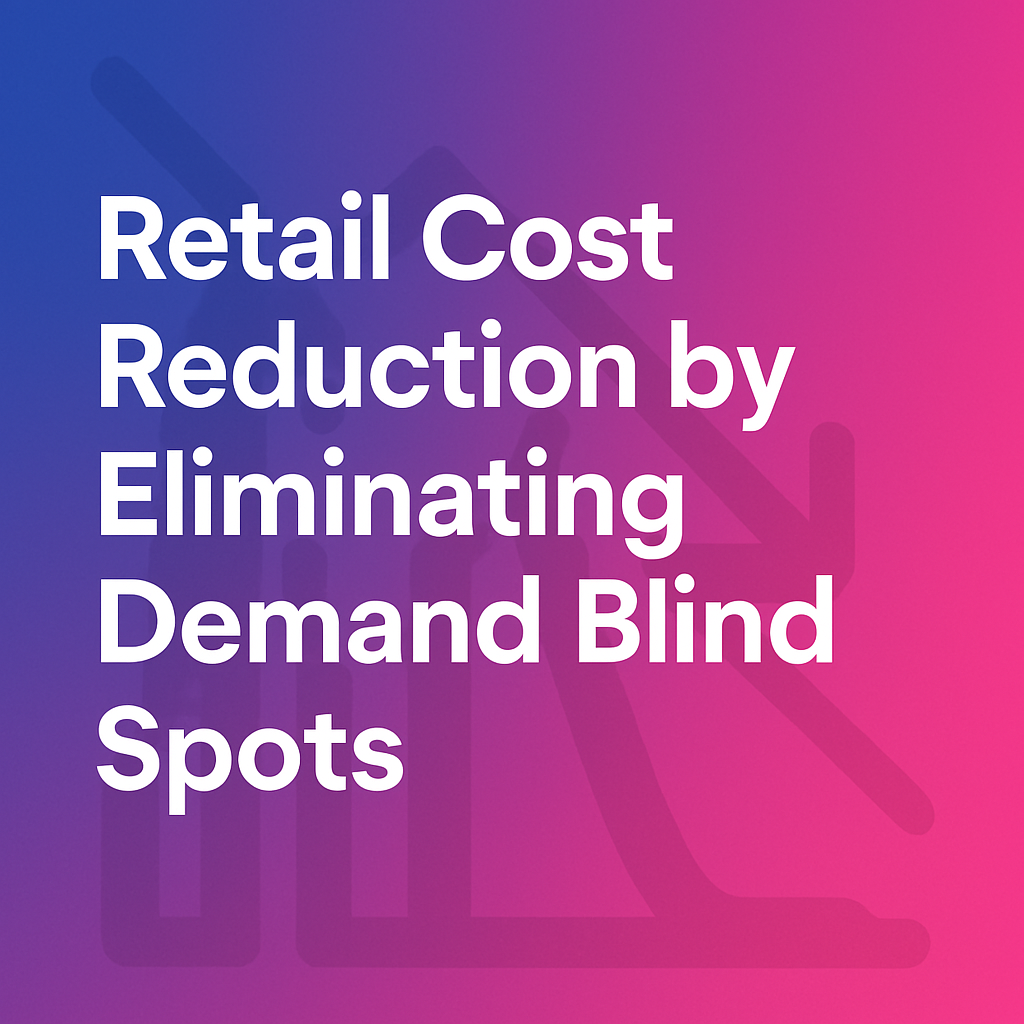Get Ahead Of The Pack In 2018: Learning From Ray Dalio

Ray Dalio is an American investor and hedge fund manager. He is the founder of Bridge Water Associates, one of the best Investment companies in the world. He predicted the global financial crisis of 2008. He is one of the top 100 world’s richest men.
He is not a man from the world of fashion but he is fashioned by many worlds over. Why are we discussing him?. Learning can happen from any sector and in fact, we can generalise learning from across sectors and it is called Transfer learning (which is also a key element of Artificial intelligence). Every business is an economic activity of supply meeting a demand. With this context, financial markets provide a good base for understanding any business context. I chose Ray Dalio, as he is one of the very few who predicted the financial crisis of 2008 and also as a fund manager at Bridgewater Associates gave its investors, well over market returns for over 4 decades. That’s an astounding performance in playing with uncertainties over long periods of time.
As fashion professionals, we can relate to the element of uncertainties and also need to consistently perform well ahead of the market. Such performances are grounded not so much on tactics but on “The Principles” one operates from.
After studying his background, his approaches, it is clear that each one of us irrespective of our roles and organisation, can learn from and also implement them in practice for lasting impact. In this edit, I try to summarise some of Ray Dalio’s principles and how we could look at them from a fashion industry context and generate market-leading performance consistently over long periods of time.
# 1 : Bet Against the Consensus and Be Right

Being an independent thinker is fundamental to start having views that are independent. Often when there is consensus, in the financial market it is wrong. It is like going with the herd. It is not bad it will have its own returns and setbacks. The question in this edit is how does one outperform the market consistently and that too by a huge margin.
Digging deeper, the approach Ray suggests is a simple 2 x 2 matrix of decision making

It is easier to operate in the consensus space. The only way for an investor or an entrepreneur to make outsized returns is to bet on No consensus and be right. Quoting Howard Marks here
“To achieve superior investment results, your insight into value has to be superior. Thus you must learn things others don’t, see things differently or do a better job of analysing them – ideally all three.” Being genuinely contrarian means the investor is going to be uncomfortable sometimes. Some people are good at being uncomfortable, and some are not.”
It is good to ask, how Ray accomplishes this perspective. This needs extraordinary preparation, humility and transparency. To sum up, he does the following,
a) Dalio starts with a rational analysis of the information he has, and from that, he forms a hypothesis (deep research – data helps here)
b) He then exposes that hypothesis to thoughtful people with alternative points of view and methods of analysis, who may disagree with him and then he wants a radically transparent “back and forth” discussion. (seeking disagreements with independent thinkers)
As part of that process, he wants to deeply understand the reasoning of any thoughtful opposing views. Only after he has understood these alternative points of view does Dalio believe he is in a position to reject or accept the alternative ideas and make a decision.
Take Away: It is good to ask what insights we have got that others do not, and what decisions we are taking which are against the consensus. It is a shift from the regular question we keep asking – “Are others also doing this?”
# 2 Being Right vs Learning from Mistakes

While taking an against consensus approach, there is inherent risk and failures will happen. How one treats those failures over time decides the progress in future. In fact, Ray Dalio recommends that everyone in the organisation maintain an “Error / Mistake Register” where they note down and make it public. This is a great way to make mistakes public and people are proud to share and have collective learnings from them.
PAIN + REFLECTION = PROGRESS
Take Away: How much time we take to analyse what did not work. While poor-selling products go for discounts soon and get out of the doors, are we getting enough learning from these? One of the multi-billion dollar clients we met recently said “We rush to clear the stocks which do not sell, we do not think we learn from them enough. There is a huge scope here”.
# 3 Diversify

Considering the variability and nature of assets, it is prudent to diversify the portfolio. There is a common misconception when people diversify portfolios. When you ask people how they invest between equity and bonds, they may say it is balanced by saying 50% equity and 50% bonds. This actually does not mean the portfolio is balanced on risks. If you consider the believability of risk, equity has 10 times more risk than bonds. Hence the risk profile is 95 % equity and 5% bonds. This, Ray calls, “Believability (Risk) Weighted Decision Making”. This is a simple yet very powerful concept many do not follow. Worth reflecting on your own investments.

Take Away: What is your portfolio mix of products right now? What is the risk associated with each of the portfolios of products? What is a risk-weighted portfolio look like? It is good to evaluate risk in the context of fashion. Not taking risk itself could be a risk. A good amount of data could help here to assess the real risk.
Executing Ray Dalio’s approach in Fashion
Execution of Ray Dalio’s principles in fashion investments need
a) Constant flow of information on what works and what does not work in your fashion business, your target market and overall market
b) Analysis of the market and constant deliberations of your ideas with independent thinkers
c) Create a portfolio of products that are risk-weighted. Risk itself must be assessed based on data by knowing what works objectively and what does not in the constantly changing market
d) Based on the learning from (a) and (b), create a basket of products against consensus (new insights) and continuously keep learning from both success and failures.
At Stylumia, we have only one objective. Enable fashion brands and retailers to bring consumer loving propositions proactively and make them win consumers and market. In this context we bring to the table from the list above (a), as independent thinkers without any agenda (b), we provide constantly what works and what does not across your inspirations and competition and hence (c). If you involve us we also can be part of (d).



